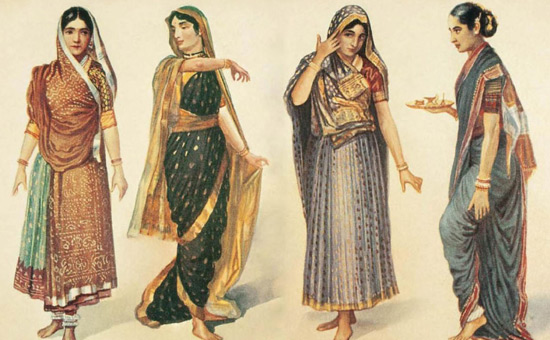Seere
@SeereIndia
Seere brings timeless weaves to your fingertips—rooted in India’s weaving legacies, for every woman who’s searched for that saree.
At Seere, sarees aren’t just garments—they’re living stories. Woven by regional artisans. Worn by real women. No models. No filters. Just heritage, handed down. Follow us to be part of the story.
Today, it adapts again. Draped in tradition, styled for now. We pair it with sneakers. We layer it with jackets—owning the boardroom by day, turning heads by night. Or we wear it just like our grandmothers did. From runway to ritual, the saree holds space for every version of us

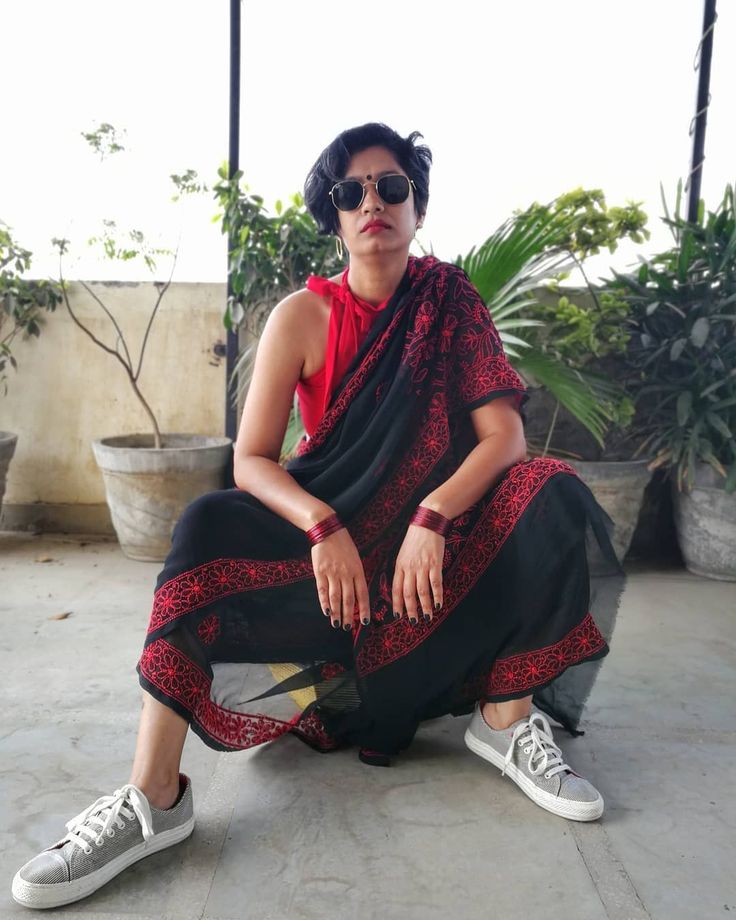

Saree became a protest. During the Swadeshi movement, a khadi saree wasn’t just fabric—it was defiance. A statement. An identity. The saree wrapped around resistance, and women carried the country forward wearing six yards of power.
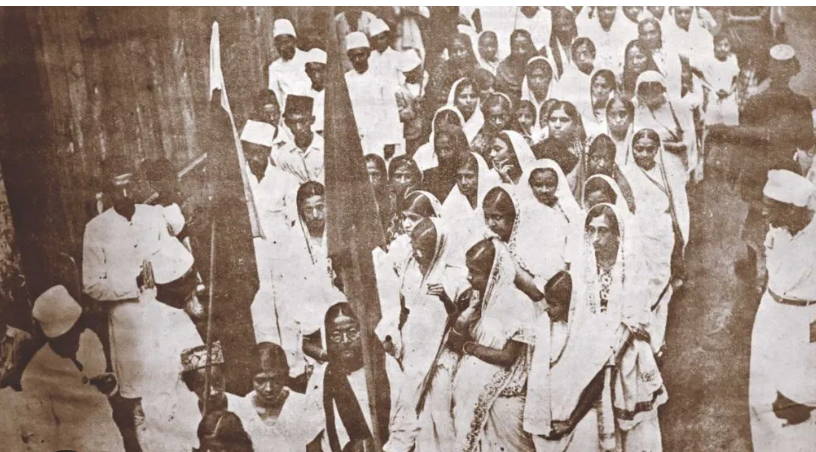
It changed as India changed Mughal influences brought in the blouse. Colonialism added petticoats and redefined modesty. Women like Savitribai Phule made it shorter—to move, to teach, to lead. Every era left its thread in the drape.
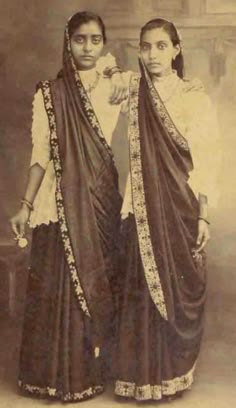
Why uncut? Why unstitched? Because cutting broke its wholeness. In rituals, cloth had to be complete—pure. That same principle is what makes the saree so timeless. It fits everyone. And it passes from mother to daughter to granddaughter, Like a soft heirloom.
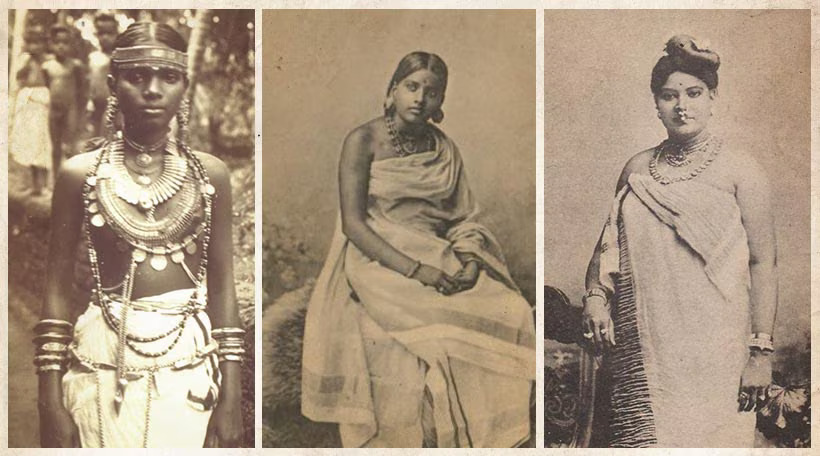
Did you know Saree wasn’t stitched. It didn’t need to be In the Indus Valley, it was a single, woven piece of cloth—no blouse, no petticoat. Just fabric draped to fit the body and the heat. The Rig Veda mentions it. Statues show it. Simplicity with purpose.
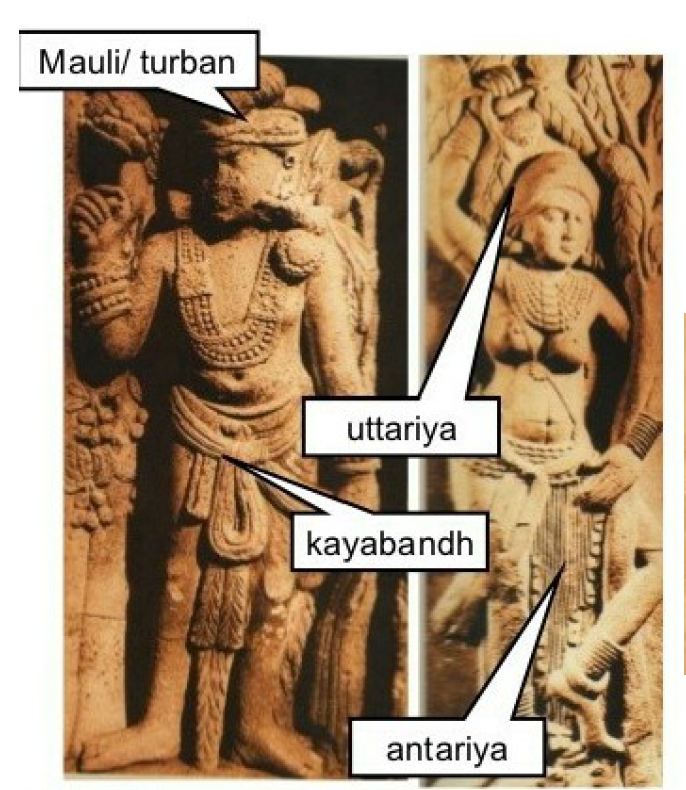
The Saree: An Ageless Appeal We grew up watching our mothers wear them. Whined about pleats. Fumbled through our first drape. Then one day—just like that—it felt like home. But the saree’s story is much older than ours. Let’s go back.
